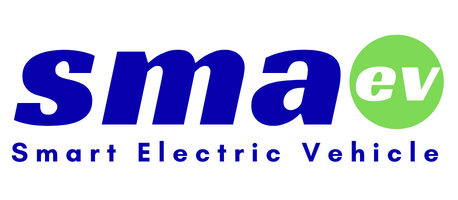Aachen, April 2025 – FEV, an innovation driver for sustainable mobility, together with 18 global partners from the automotive and metal industries, is investigating the potential of Gigacasting in the MeGiCast consortium project. The aluminum die cast of entire modules is one of the most important trends in modern vehicle body design, as it allows for efficient production and reduces development and production times. FEV is taking this approach one step further and develops highly integrated body designs that can achieve significant savings in costs, weight and carbon emissions. With weight savings of up to 18 percent, the applied hybrid manufacturing technologies could represent the next evolutionary stage of Gigacasting.
The MeGiCast consortium partners are analyzing a front section in Gigacasting design and compare it with a modern multi-material approach. In addition to technological aspects and the weight comparison, the project also includes a CO2 analysis. An economic evaluation and a comprehensive lifecycle assessment (LCA) round off the investigations.
Component reduction for efficient production
“FEV is continuously working on innovative, integrated design approaches that take into account customer-relevant safety and quality requirements as well as production-related aspects,” said Christian Kürten, Managing Director of FEV Vehicle. “These include simplified assembly, a reduced number of variants and an optimized cost structure in production.” FEV pursues the philosophy of integrating as many functions as possible directly into the vehicle structure to achieve maximum efficiency. A holistic approach to lightweight construction, taking technological and economic factors into account, plays a central role in this. Gigacasting is one of several key technologies for achieving these ambitious goals.
To make this design a reality, FEV has developed a hybrid manufacturing technique. This involves using large sheet metal components for flat structures with reinforcements applied using the casting process. This combination unites the advantages of both manufacturing processes. The result is a front part made from three components that is up to 18 percent lighter than a variant based on Gigacasting alone. The reduction in component weight brings obvious advantages but also poses challenges for the industry. These result not only from the complexity of the cast parts, but also from high investment costs, production requirements and questions regarding service life. “Ultimately, design, cost and sustainability aspects must be in balance,” said Dr. Hagen Wegner, Director of FEV Consulting.
Gigacasting – and what will come after that?
Christian Kürten dares to take a look into the future of vehicle body production: “We believe that Gigacasting will remain a permanent part of vehicle construction. Nevertheless, innovative production processes such as Gigastamping or hybrid solutions should not be overlooked when it comes to a holistic view of production.”
Source : FEV





